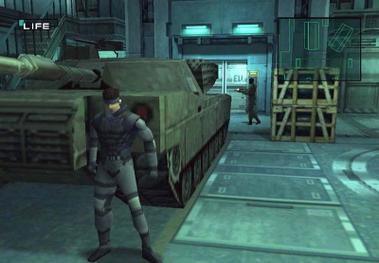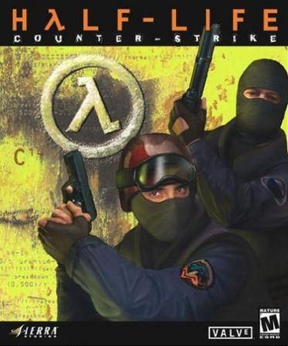
This week entry will discuss about the design approaches used in one very popular action-adventure game, Tomb Raider. As discussed in class, there are two main approaches towards game design i.e. the Holistic approach and the Special Case approach.
Both methods of design have their own pros and cons, and game like Tomb Raider has the best from the both world.
The holistic design can be seen in the consistency of the level game play. Every level, Lara Croft has to face challenges such killing beasts and solving certain puzzles in order to overcome those obstacles. Player will know what to do after they've undergone the first stage.
In each level, the player has to think of different way to solve different puzzles using unique solutions. This game has shown that the level design is individualized and encounters are unique. Hence, Tomb Raider can be categorized as a game designed using the special case approach.
Mixing these two methods will give player a better gaming-experience. However, designers will have to spend more time to come out with more unique puzzles and content.


